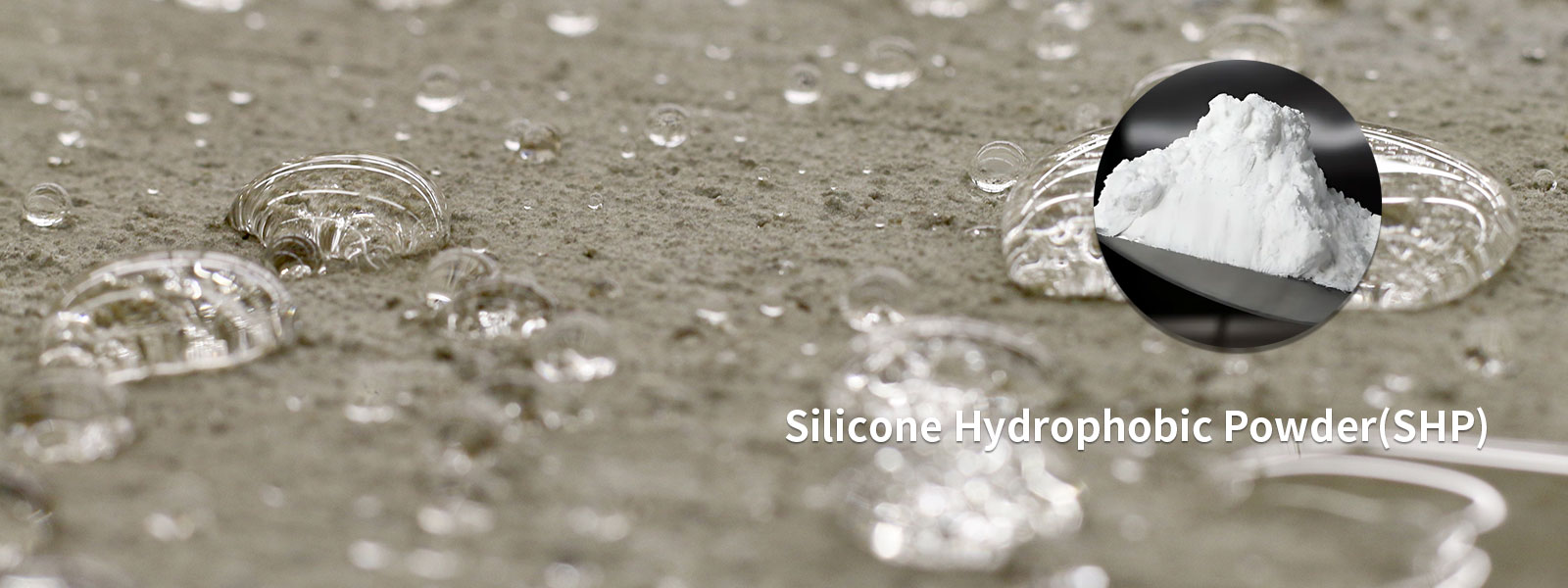
Mechanism of Action and Waterproofing Effect of Hydrophobic Agents in Building Materials
2025-01-30 15:00The mechanism of hydrophobic agents is based on their unique molecular structure, featuring a polar "head" and a non-polar "tail." The polar head adheres firmly to the pore surfaces of building materials, while the non-polar tail increases the contact angle between water molecules and the pore surface, creating an effective waterproof barrier that significantly prevents spontaneous water absorption.
There are various types of hydrophobic agents available on the market, among which Silicone Hydrophobic Powder (SHP) is widely popular due to its excellent performance, enhancing the durability and impermeability of materials. In practical applications, hydrophobic agents should be diluted according to the manufacturer's recommendations, and the optimal concentration varies by material.
Experimental results indicate that hydrophobic agents have a limited impact on pore volume distribution, with a porosity reduction of only 3% to 4%. However, in capillary absorption tests, hydrophobic treatment significantly reduced the capillary absorption coefficient of the materials, and this coefficient gradually decreased with increasing concentration. The critical concentration varies among different materials, with lime mortar ranging from 0.1% to 10%, while clay bricks and sintered glass are below 0.1%.
Through equivalent water transmission resistance coefficient tests, it was found that when the treatment concentration is below the critical value, liquid transport dominates water transmission; conversely, when the concentration exceeds the critical value, water vapor diffusion becomes dominant. This indicates that hydrophobic treatment effectively reduces capillary action without significantly affecting vapor diffusion.
In summary, hydrophobic agents effectively prevent spontaneous water absorption by increasing the contact angle between water molecules and the pore surfaces of building materials. Silicone Hydrophobic Powder (SHP), as a highly effective hydrophobic agent, significantly improves the waterproof performance of building materials.
Due to differences in porosity and pore size distribution, the required concentration of hydrophobic agents varies among different materials. In practical applications, it is essential to choose an appropriate concentration based on the material characteristics to achieve optimal waterproofing effects. Particularly for building materials like bricks, hydrophobic treatment can effectively reduce the capillary absorption coefficient, thereby minimizing the risk of water intrusion.

